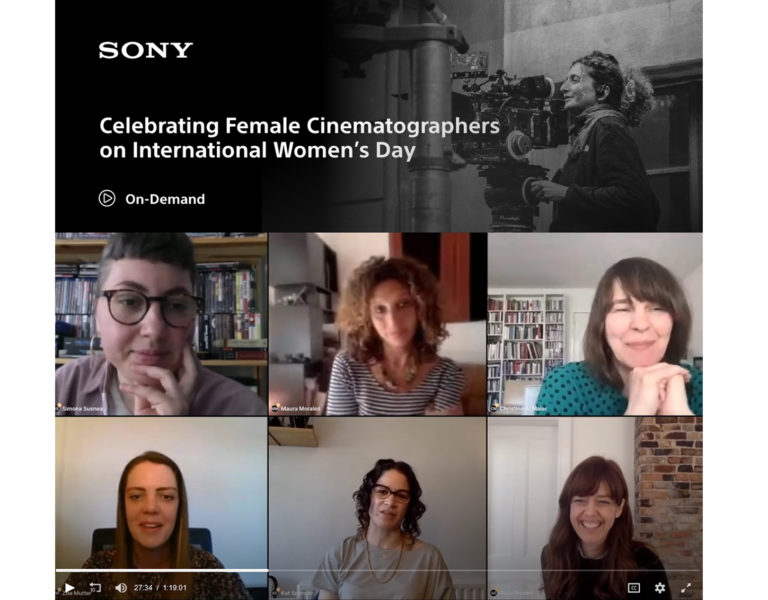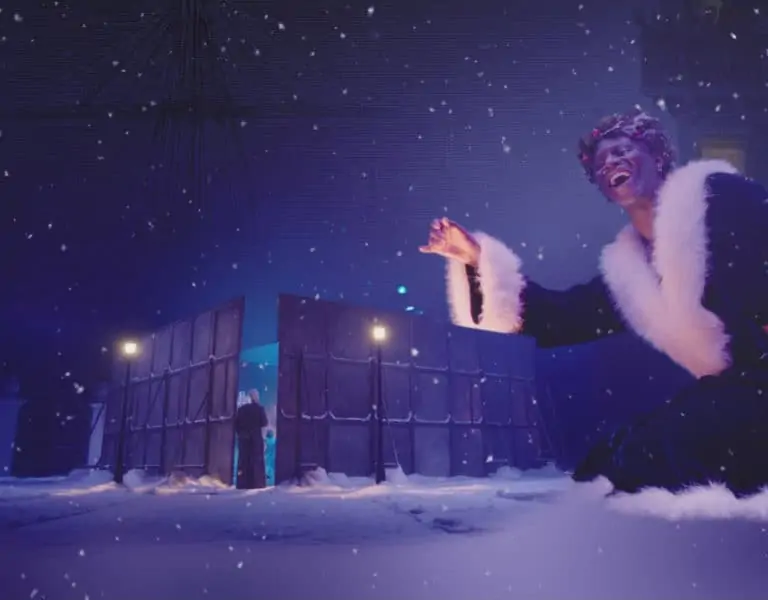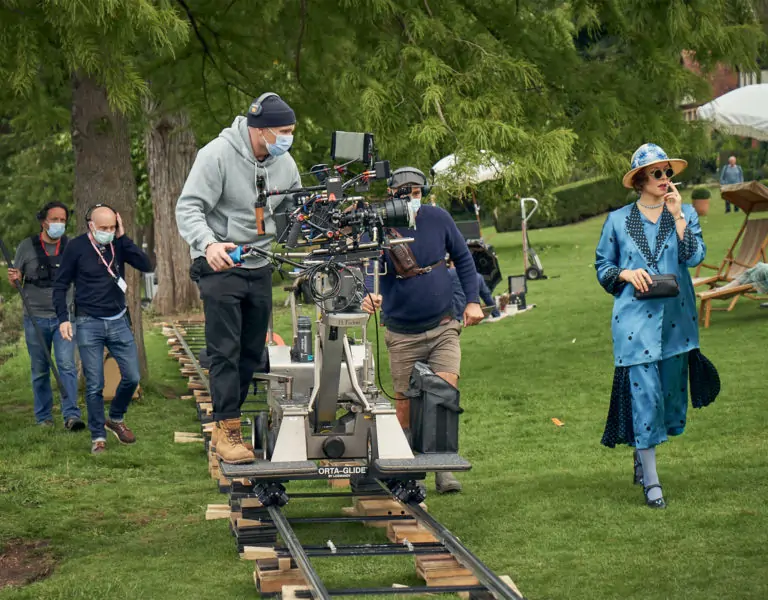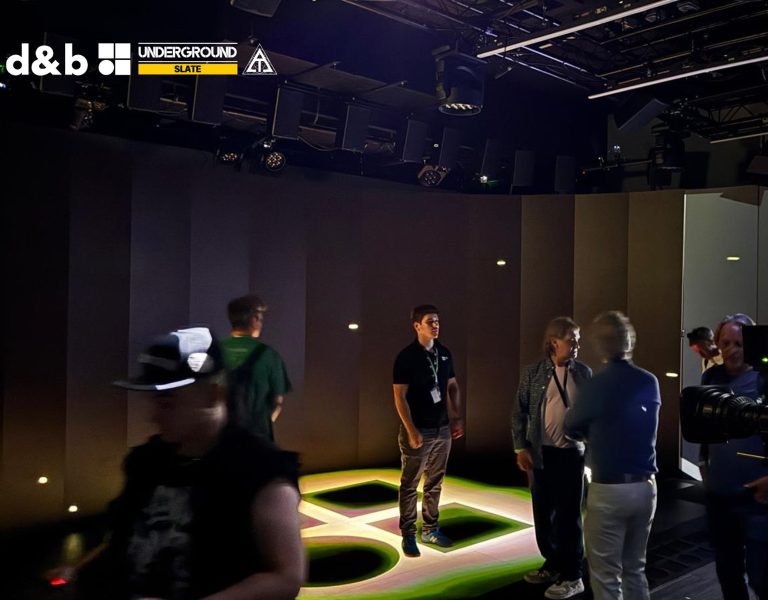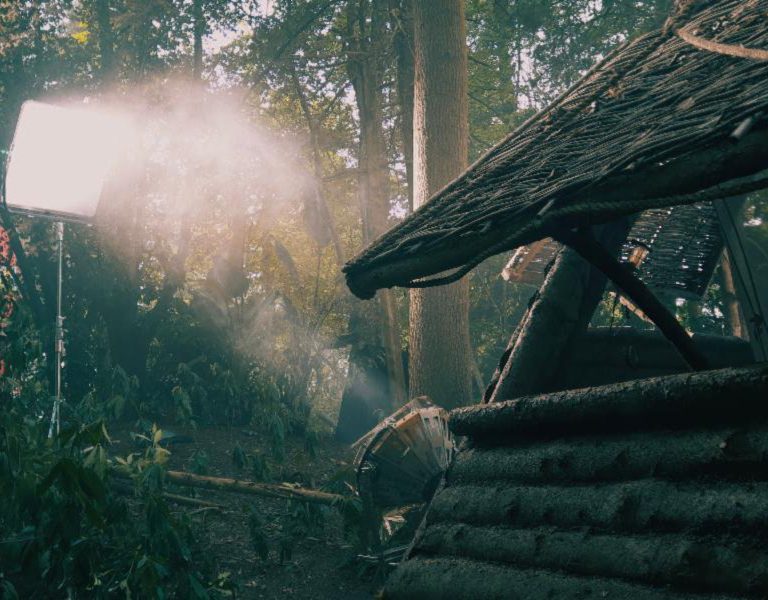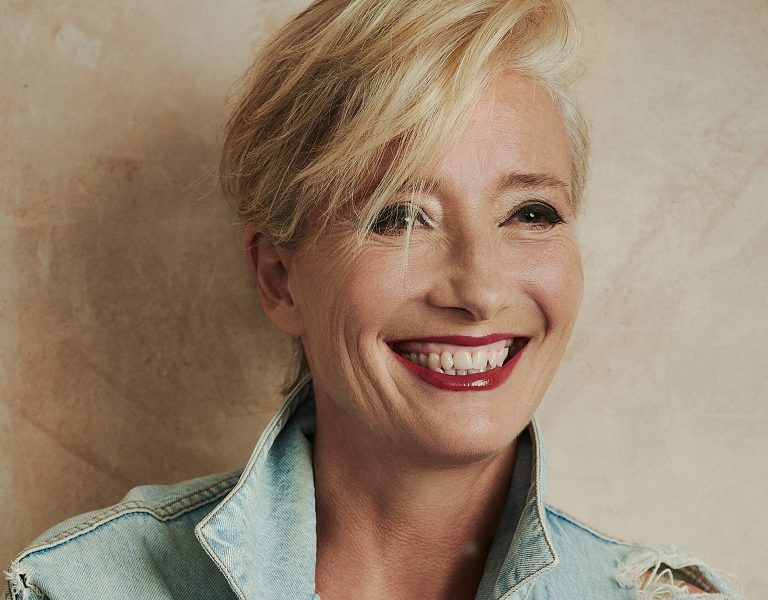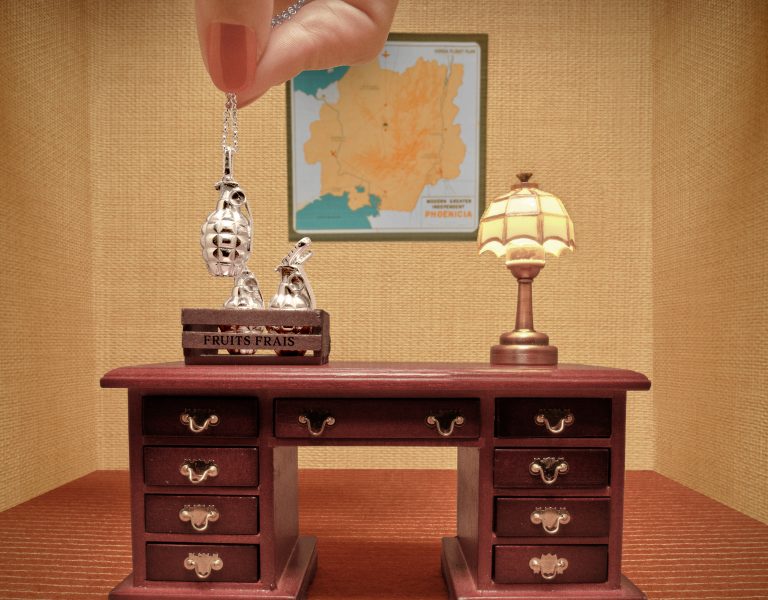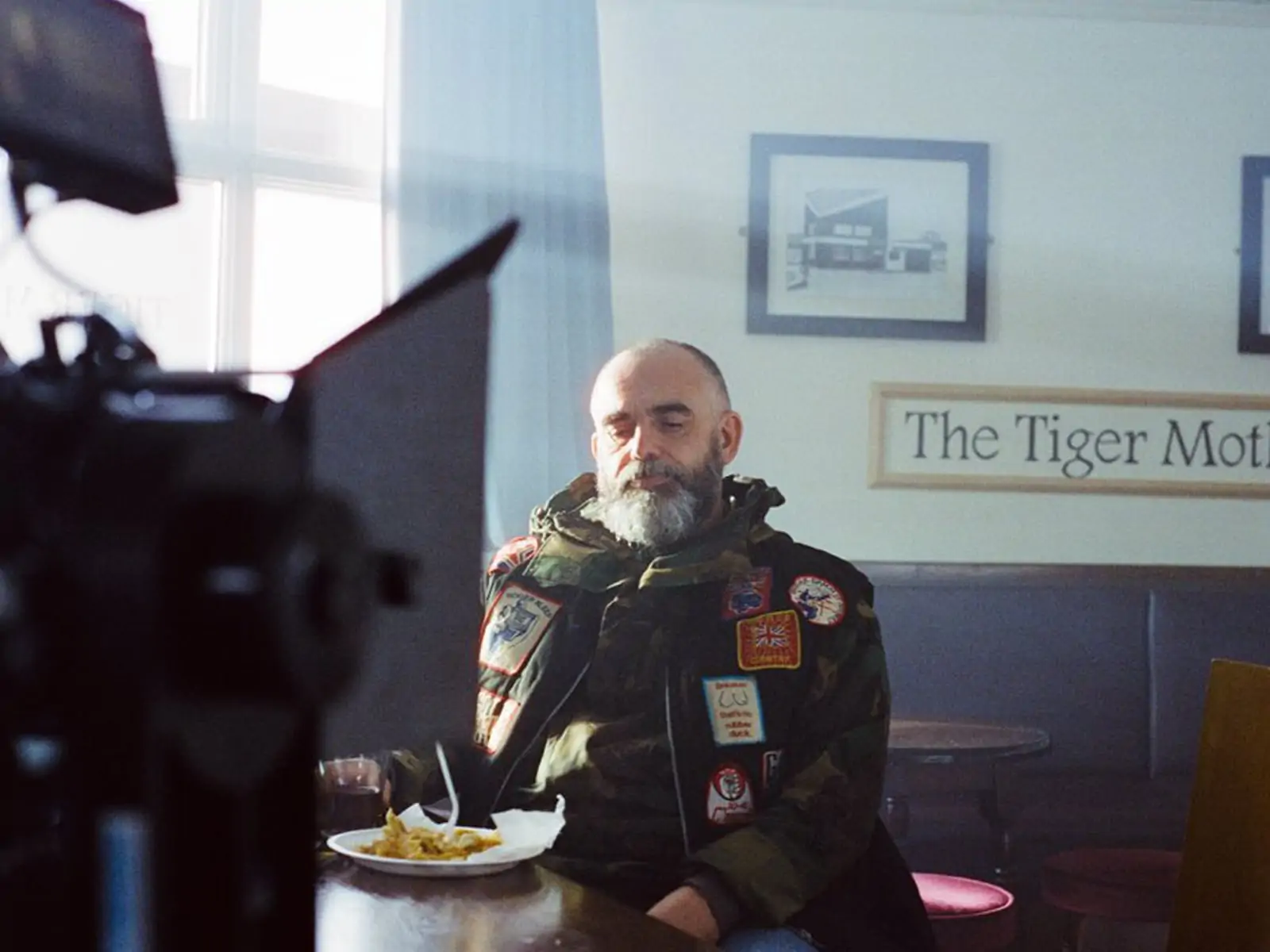
Cinematographer Owen Cant recently commented on lensing Three Bullmastiffs in a Corner Kitchen – the new film from Paul Chambers. The crowdfunded project aimed to look inside those struggling from addiction, using real addicts and street-casted performers.
“We aimed to create a film that has a rawness and authenticity with which it portrays the experiences of the central character. As directors such as Ken Loach have shown, film can be used powerfully to represent the lived reality of marginalised groups and provoke reflection on where our society is going. We aimed to achieve this by confronting pressured learnt behaviour, intergenerational toxic masculinity and trauma through the films visuals,” said Cant.
“In the kitchen scenes we used wide angle lenses to evoke feelings of claustrophobia and placed the camera at extreme high and low angles to reflect the power politics at play between the characters. We shot the majority of the film on super 16 (1:66:1), using an Aaton XTR, a set of Zeiss S16 superspeeds and a 6mm century. Myself and Paul felt shooting on 16mm, mostly Kodak 7219, introduced a grain structure and colour rendition to the image that complemented the gritty world we were attempting to create.
“We also used a Krasnogorsk-3 for flashback scenes which we shot in standard 16mm (4:3). The K-3 is M42 mount so I used a Pentax 28mm and a Zenit 16mm that I formerly used on an SLR. The camera takes 100ft daylight loads and its relatively small size make it great for handheld work. Shooting a different aspect ratio and its ‘unsteady’ look compared to the Aaton, helped differentiate these shots from the main scenes. Finally, a Canon C200 mk2 was used for bodyrig work. Digital Orchard did a fantastic job seamlessly matching these digital shots to the look of the rest of the project.”
“When we first saw the footage of this film going through our scanners, we immediately knew that it was something special, and when we found out that the makers of the film were looking for help to finish the project, we were only too happy to support them with the grading of the piece,” said Dan Redrup, Digital Orchard Head of Scanning. “In addition to the beautiful images, we were also so inspired by the back-story of the film that we were really keen to help share the work as widely as possible.”
Cant concluded: “One of the many technical challenges on the shoot, was ensuring we had enough light and power to shoot on film in some tricky locations with limited resources. For one scene set at dawn in a forest, this meant lugging a portable generator through thick mud before sunrise. We had a great crew and everyone mucked in to make sure we got everything we had planned to shoot. Some key influences for the look of the piece include Requiem for a Dream, This is England and Trainspotting.”
Three Bullmastiffs in a Corner Kitchen‘s director Paul Chambers and writer Sam Batley were interviewed by Digital Orchard’s Kate Rolfe. You can watch the discussion in which they explore the film’s narrative and how they shot it using a mixture of digital and 16mm via the video below:

